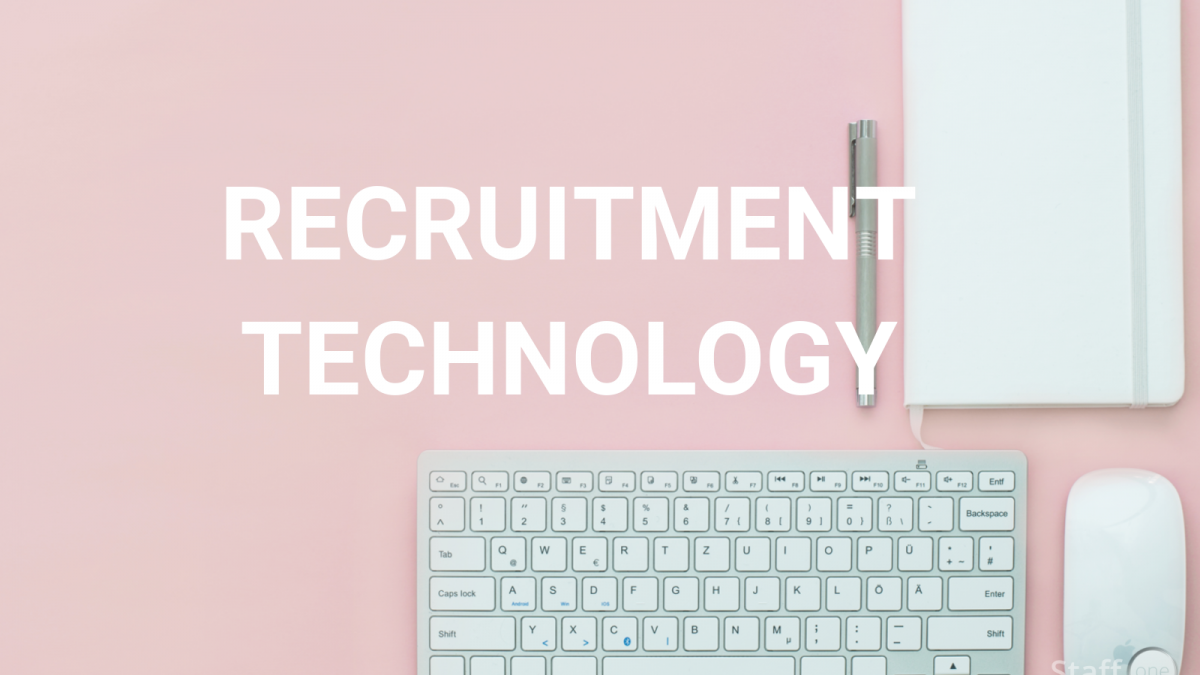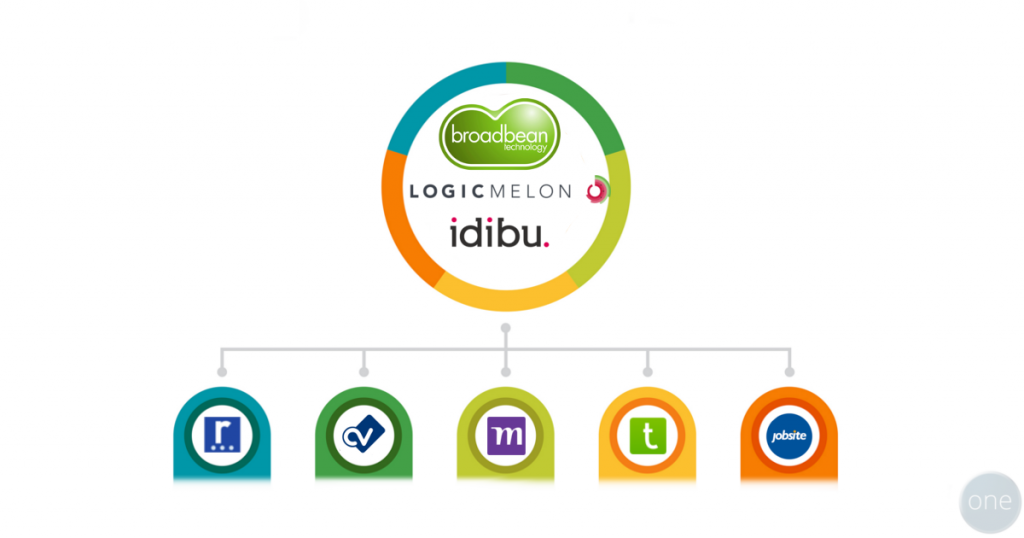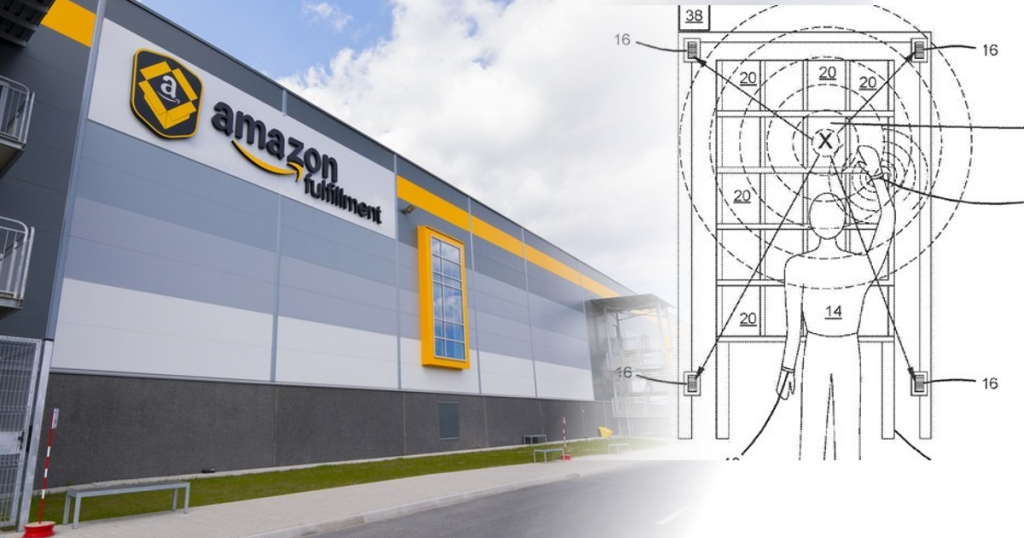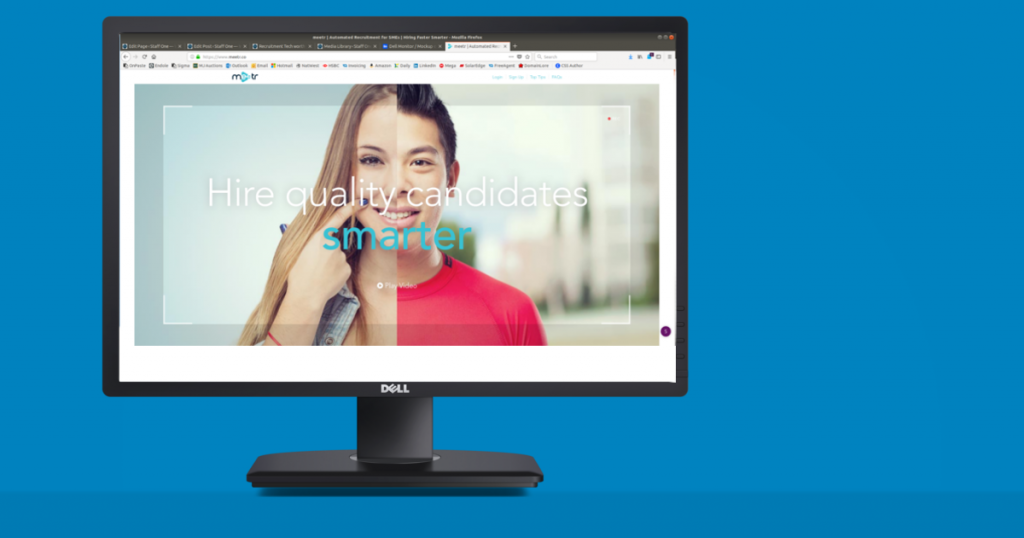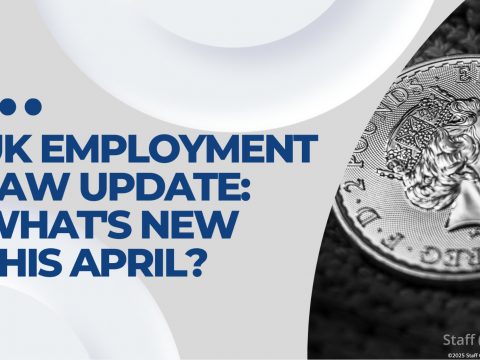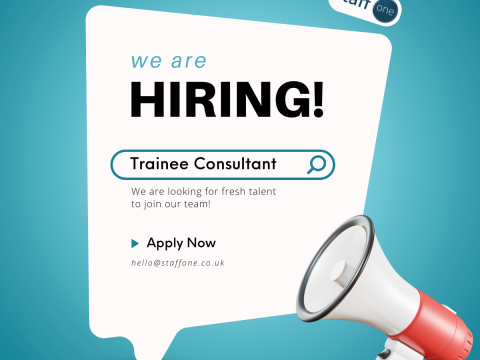- Contact us:
- 03300 535 600
- hello@staffone.co.uk
For those of us with enough industry experience, the advent of the mobile phone marked the turning point in the development of recruitment. What we did before that, we cant quite remember.
Since then, technological advances have been none-stop as specialists have sought to innovate and enhance the industry. As it stands, there are countless products and services on the market, vying for the marketing budget of recruiters and HR pro’s. In this week’s technology snapshot, we thought we’d lay out a handful of new and already established technologies, promising to improve your recruitment and HR processes:
The Multiposter
How many recruiters just stick to a single job board these days? Not many is our guess. So what do you do when you need to post a job on multiple websites, do you go from site-to-site, logging in and pasting the same job? The smart money is on using a multi-poster. Managers can use its analytics to compare the value of applicants, job board to job board and control secure access to all boards in one place. Recruiters can cut down their time spent posting and searching by aggregating all boards into one platform. As with everything, not all are created equal and some stand out more than others, we’ve always been fans of Broadbean, but contenders like LogicMelon, Idibu and VacancyPoster are gaining their share of the market and for good reason. Multiposters are not a new factor by any means but they are very much here to stay.
Broadbean Smart Alerts
We don’t really know how to feel about this one yet but it’s a ten out of ten for innovation from our aforementioned friends at Broadbean. Ever the innovator, they have recently been promoting their new “Smart Alerts” which is groundbreaking to say the least. So groundbreaking that we’re not really sure how it will work and how the innovation will be applied to their target market. What we do know, is that we love anything that bridges the gap between recruiter and candidate and enhances the recruitment process. The thought that vacancies will soon be beamed audibly into homes across the country is an exciting prospect. Check out the video above to see their trailer and to sign up for further information on the project.
Wearables
Many of us have already bought into the smart watch revolution, being able to access data and being able to record health and mobility data on the go. Many professions have, for some time, used into mobile tracking and tracing through vehicle trackers, satellite navigation and probably most common of all, the use of hand-held terminals for the tracking and receipt of parcel delivery.
Always known for pushing the productivity envelope, Amazon have this month been thrown in to the spotlight as a patent request has surfaced for a piece of mobile technology they could potentially seek to roll out across their fulfillment centers across the globe.
In the patent descriptions, the tracking devices are carefully described as a way to collect data about inventory, not individual employees. They would use ultrasonic pulses — pitches too high for human ears to detect — to connect with inventory modules on bins to track a worker’s hands. Vibrations would communicate information to the wearer, such as alerting someone when they put something in the wrong bin.
The system could simplify the current warehouse workflows. Amazon currently has its “pickers” stand in front of shelves and move items into bins, tracking each with a handheld barcode scanner.
Any wearable could collect a lot of personal information about an employee, even unintentionally. They could gather detailed information about a worker’s every move — if they slow down at certain times of day, how often they stop and rest.
Whether you’re sold on this or whether it’s all a little bit too close to our descent into a big-brother society, it’s undeniable to see the numerous ways in which a mobile workforce can be managed with the help of technology.
Improved data capture
Whether we like it or not, we’re about to be hit with the GDPR, an improved piece of legislation which will encourage businesses to tighten their belts with the management and implementation of their data. One thing that is for certain is that businesses like ours will need to be more conscious of how we collect, use and store data about candidates or face considerable financial and reputational repercussions.
The important knock-on effect of the legislation coming in to force is that many companies are forced to look at how they capture data and innovate their processes. opt-in lists are being reviewed and adhered to. We can expect to see a marked increase in calls to subscribe to websites and newsletters, the rise of automated chat-bots on the sites we visit
AI Recruitment
Whilst we’re not entirely sure that the brands that fit in this category might consider themselves AI or “Digital” Recruiters, they’re certainly focused on disrupting the industry as we know it. Certainly on the permanent side of the industry; companies in this category seek to automate the search and selection process. Simply enter your vacancy details and a questionnaire and their systems will advertise and shortlist your talent pool and even engage applicants that are to your liking to record a brief video introduction. Their service purports to be “300 times cheaper than a Recruiter”. Whilst not great news for the traditional recruiter, their systems certainly lack the human, consultative element, that many companies value.
Sites such as Meetr and Sonru are on the up and their sleek interface is inviting to say the least. They offer users the ability to build their talent pool through a clear and simple platform and deliver a straightforward response.
Mobile Video
It’s been promised for a long long time and as Generation X reaches the age of employment, interacting with an ever tech savvy audience is going to mean changing recruitment strategies to suit the market.
Since the advent of Skype, video interviews have been fairly straightforward and commonplace in long distance/overseas recruitment processes. But now recruiters are competing to diversify their strategies, from using video to bolster their advertising campaign, through to using platforms such as Shortlister and Vidcruiter to allow would-be hires to compile a video interview/presentation of their skills.
Companies like McDonald’s, GrubHub and Taco Bell are incorporating Snapchat into their recruitment strategies by creating filters and buying geo-targeted sponsored stories that link to their career and application pages. In fact, McDonald’s plans to use Snapchat to recruit over 250,000 workers in New York this Summer. The new “Snaplications” process allows users to start applying straight from the app.
“We’re always looking for new and innovative ways to find job seekers,” said Jez Langhorn, Senior Director of HR at McDonald’s USA. “We thought Snaplications was a great way to allow us to meet job seekers where they are—their phones.”
McDonald’s also uses Snapchat to create sponsored stories and filters to recruit new employees. Users who watch McDonald’s sponsored stories about working at the burger giant can swipe up during the story, get redirected to the McDonald’s job page and then create a 10-second application video using a custom, sponsored Snapchat filter.
It’s been threatened for long enough that technology could marginalise the recruiter. What we can see through some of the latest trends is that if anything, technology is challenging recruiters to develop and to engage in ever changing ways. Far from removing the external recruiter from the hire process, it would seem that technological advances will encourage smaller recruitment consultancies with a grip on technology to grow and to prosper. Where twelve years ago it seemed incredible that Reed through their reed.co.uk domain would encourage their competitors to advertise their vacancies and view their database of candidates, today this is widely regarded as a master-stroke and an example of how being a tech leader can and will cement the biggest share of a growing market.

